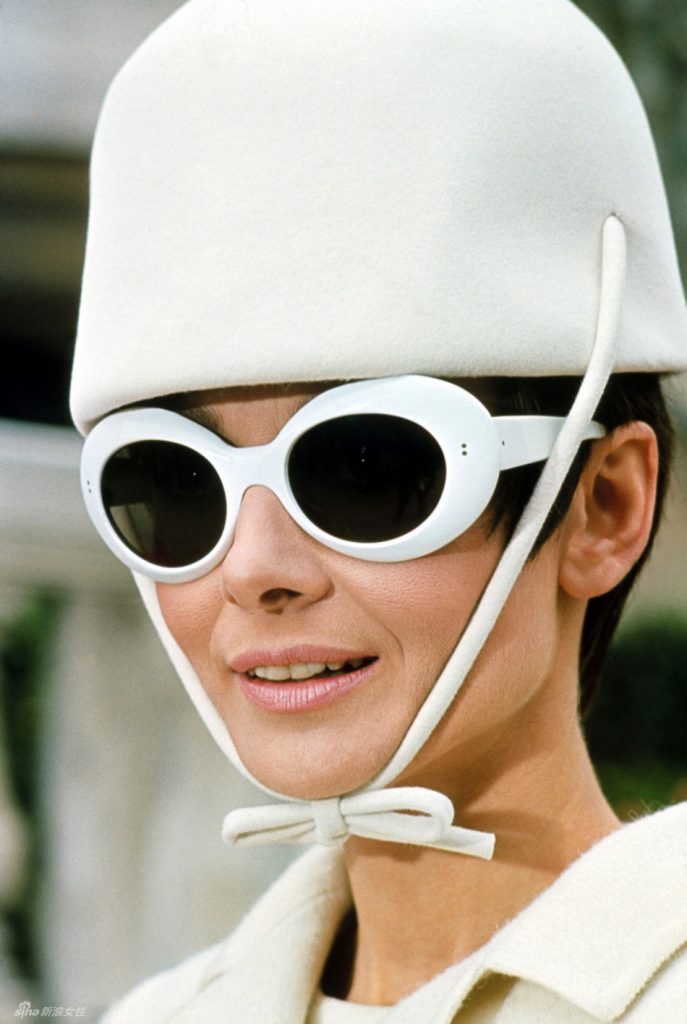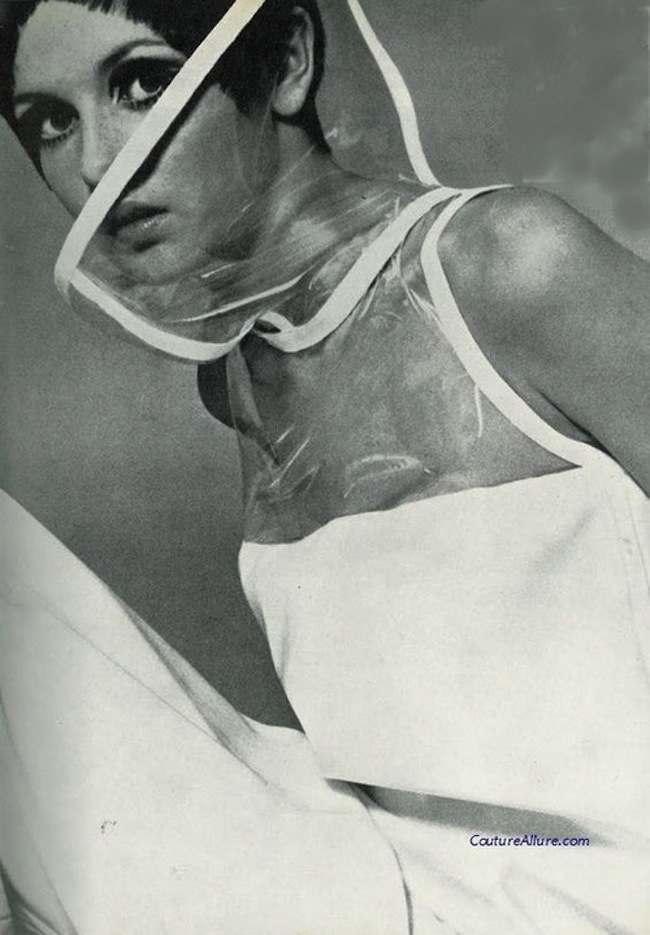The 1920s had the flapper; post-WWII saw the rise of Christian Dior’s New Look, but when it comes to novelty, it seems that the 1960s win the ‘otherworldly’ prize with the emerge of Space Age fashion. With the Cold War in full swing, the beginning of the 60s carried with it a strong futuristic spirit; people wanted to reach for the stars, and for the first time in history this was not just a possibility, but a certainty. Though space travel was hardly an innovative idea (one look at George Méliès’s 1902 film A Trip to the Moon will tell you differently), all at once it seemed accessible, and as politics reached new heights, the arts scene was quick to follow.
With the new boost in the glorification of the new technologies echoing that of the the Machine Age of early 20th century, fashion designers displayed a positivity toward the recent improvements made in technology and incorporated the spirit of this new era into their designs. André Courrèges introduced the Space Look in 1964, which featured geometrical designs made from PVC and monochromatic white ensembles with strategically placed cutouts, complete with helmets meant to echo the design of those of the celebrated astronauts. Not always the most wearable fashion, Space Age couture often served to make a statement, as can be seen in Paco Rabanne’s 1966 line entitled 12 Unwearable Dresses in Contemporary Materials. Moving from couture and taking to the streets, the Space Age could be seen in the new, minimalist designs donned by a plethora of women, with their straight lines and monochromatic quality. The fabric shortage during World War II had led to the invention of a myriad of new fabrics for designers to work with, and synthetic materials such as nylon, lurex and spandex were incorporated in the designs, giving them their shiny, plastic quality.
The Space Age in fashion also correlated with second-wave feminism, and provided the modern working woman with more practical clothes, as she emerged from the shadow of the 1950s housewife. The frills and restrictive fashion of the previous decade were replaced by more androgynous clothing which further promoted the aspired strive toward equality. The new A-line dresses and trousers made way for a more active lifestyle suited for women who were no longer expected to remain in the confinements of their homes, and the wrinkle-free, easily washable synthetic materials relieved them of many of their previous chores.
The intergalactic fashion of the 1960s and its influence can further be seen in the great deal of sci-fi films that were produced at the time; indeed, before there was Interstellar and Passengers – even before Star Wars – there was Barbarella, the famous 1968 flick based on a French 1962 comic of the same name, featuring a young Jane Fonda playing the title character. Dressed in various sartorial masterpieces that have come to be iconic in their miniscule nature, the heroine appears in a multitude of costumes all reflecting the fashion of the day, the silver and black bodice with thigh high boots to match as her signature ensemble. That’s not to say that this particular new look was not applied to movies set closer to home as well: the opening scene of How to Steal a Million from 1966 featuring Audrey Hepburn springs to mind, in which the actress is dressed from head to toe in white Courrèges. Indeed, Space Age fashion still shapes the way we imagine a sartorial future today, and it is no coincidence that to this day most science fiction films approach this matter with costumes composed of clean cuts and metallics similar to those imagined by costume designers of the 1960s. An important and truly innovative era when it comes to the design and production of garments, the Space Age has left a clear mark in fashion history, and its influence on aesthetics is as present today as ever.
Written by: Pella Ödmann
Pictures: Courreges design 1968
André Courrèges, Dress, photographed by William Laxton, 1960s
Audrey Hepburn clad in Courreges in ‘How to Steal a Million’
Pierre Cardin design




